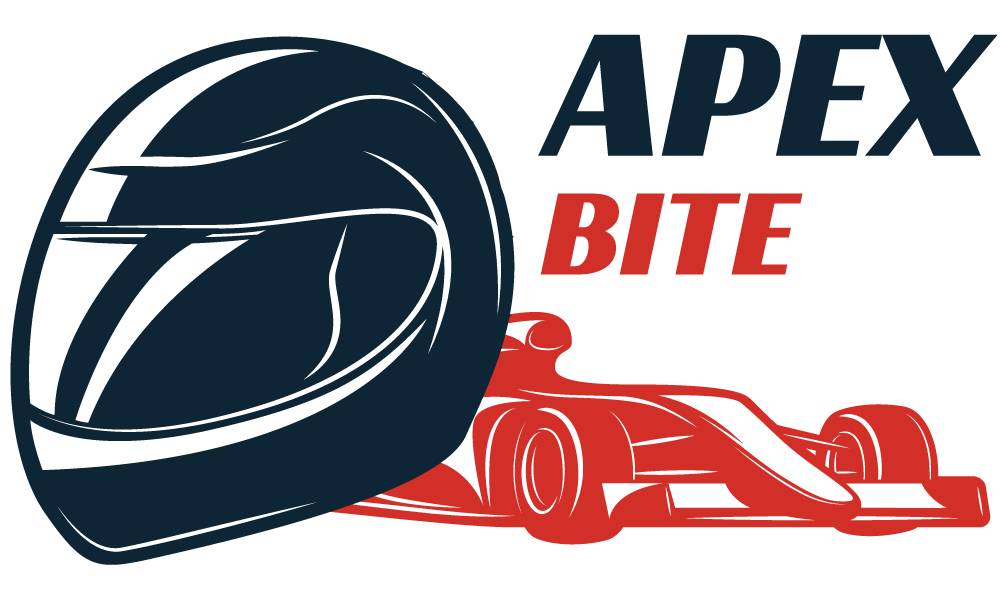Ever wondered how Formula 1 drivers maintain their top-notch fitness levels? Let’s find out.
Why do F1 Drivers Train?
Formula One drivers must be super fit because they face intense physical challenges. Their helmet and head can feel like they weigh 30-40kg due to the high-speed forces. They also need strong legs for heavy braking, which requires pushing over 80kg against the pedal.
Plus, they wear protective gear in hot, humid conditions, often losing up to 3kg during a race. So, they follow strict diets and endurance training. Since they get limited track testing time, staying in top physical shape outside the car is crucial for their year-round performance.
How do F1 Drivers Train?
Training for F1 drivers isn’t just about physical strength; it’s a complex blend of endurance, mental sharpness, and tactical skills. These athletes undergo rigorous training routines that mimic the intense conditions of a race. They focus on cardiovascular fitness, muscular endurance, and neck strength – which are crucial for handling high G-forces. Additionally, reaction time and mental resilience are honed through various exercises and simulators.
F1 Driver Workout Plan
An F1 driver’s workout plan is as diverse as it is intense. It typically involves:
- Cardiovascular Training: This includes running, cycling, or swimming to build stamina.
- Strength Training: Focusing on core and lower body strength is essential for controlling the car.
- Neck Exercises: Using special machines and weights to build neck muscles vital for withstanding G-forces.
- Flexibility Training: Yoga or Pilates to maintain flexibility and prevent injuries.

Take Daniel Ricciardo’s kettlebell workout, for instance. His trainer posted this routine online back in 2020:
- Reverse lunge press – 10 reps
- Front squats – 10 reps
- Kettlebell swings – 10 reps
- Thrusters – 10 reps
- Sumo deadlift – 10 reps
- Military press – 10 reps
- Rest for 2 minutes
- And then repeat the whole thing five times
Daniel also mixes things up with some boxing. It’s not just about throwing punches; it’s great for hand-eye coordination and adds a fun twist to the training.
Types of Workouts for F1 Drivers
F1 drivers’ workouts can be exhausting and are varied to cover all aspects of their physical and mental needs:
- Aerobic Workouts: Long runs or cycling sessions to increase heart rate and build endurance.
- Anaerobic Workouts: High-intensity interval training (HIIT) for quick bursts of speed and recovery.
- Strength and Core Workouts: Weightlifting and exercises like planks and squats to build core stability.
- Neck-Strengthening Routines: Using bands and weights to enhance neck muscles.
What’s the Workout Routine of F1 Drivers?
An F1 driver’s daily routine is a mix of physical training, sim racing, and mental preparation. A typical day might include:
- Morning: Cardiovascular exercises such as a long run or cycling.
- Midday: Strength and core workouts, followed by neck exercises.
- Afternoon: Sim racing for tactical training and reaction times.
- Evening: Mental exercises like meditation or strategy sessions and flexibility workouts like yoga.

What do F1 drivers Eat?
Their diets can be pretty different since they come from all over the world, each with its own popular foods. But generally, they focus on clean and healthy eating. Here’s a typical day:
For breakfast, they might have scrambled eggs and fish for protein, a bit of coffee for that alertness kick, porridge oats for fiber, and veggies for carbs and nutrients. Lunch often includes meat, poultry, or fish for more protein, along with veggies, quinoa, or brown rice for carbs.
Dinner could be a salad with more veggies, fish like grilled mackerel for protein, and sweet potato mash. And for snacks? They might grab a protein shake or Greek yogurt mixed with oats, nuts, and seeds.
Staying hydrated is key, so water is always nearby. And if they want a hot drink without caffeine, chamomile tea is a go-to, especially later in the day.
But remember, not all drivers eat the same. Take Hamilton, for example. He switched to a plant-based diet in 2018 and feels it’s made him more alert and faster to recover. However, some experts aren’t sure if going vegan is the best for sports performance, but Hamilton still proved them wrong.




